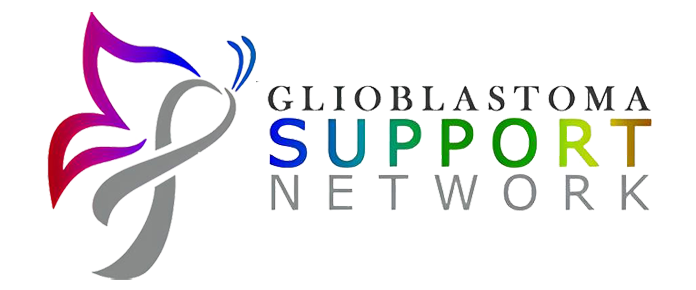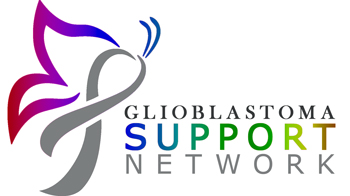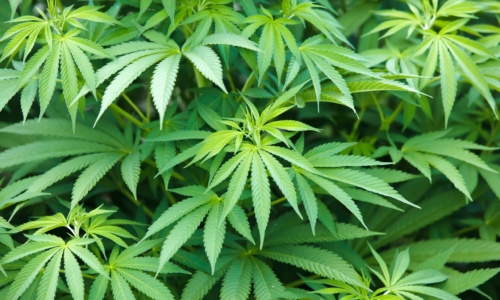What is Cannabis?
One of the most common questions we’re asked about cannabis is, “What is it?” The simple answer: It’s a plant. The scientific classification/taxonomy is “genus,” but that’s another story for another day. Cannabis has been used in medical and religious/spiritual practices since prehistoric times. Unfortunately, our society has no knowledge of such freedom, because cannabis was removed from the United States’ pharmacopoeia in the 1930s after much political and legal hype. Again, that’s an issue for another day.
Other common questions we get: What’s the correct name for cannabis? Can it help or hurt me? Let’s take a look at the names first.
The two common subtypes of cannabis are hemp and marijuana. Each are further broken down by their plant/leaf structures and characteristics, namely, Indica and Sativa.
Let’s start with hemp. According to US regulations, hemp must contain less than 0.3% tetrahydrocannabinol, or THC, a crystalline compound that is the main active ingredient of cannabis. Hemp contains a higher percentage of cannabidiol, or CBD, along with other beneficial compounds known as cannabinoids. Historically, hemp has primarily been used for food, fuel, and fiber, but today it’s also used as a supplement or aid for a variety of health conditions.
Marijuana on the other hand, is a plant that contains more than 0.3% THC by US standards. It too contains CBD along with other beneficial cannabinoids. Marijuana can be used for all “qualifying conditions” recognized by Medical Marijuana Programs (MMPs) in various states. However, it is still classified as a Schedule 1 Controlled Substance.
Both hemp and marijuana have varieties in their plant/leaf structure that identify them as Sativa (narrow leaf), Indica (broad leaf), or a hybrid/Ruderalis (medium leaf) type. Each type can affect each person differently. This is one of many reasons people work with a trusted cannabis nurse to find what type(s) may be more beneficial for their individual needs.
The two primary cannabinoids in both plants, CBD and THC, work much better together than they do separately, which is why most products contain both. There are over 113 known cannabinoids to date that all work better together depending on the patient’s need. Clinicians can provide guidance for best results.
The big question: Can cannabis help or hurt me? Cannabis is a plant that’s been used for years in the US as an alternative or adjunct medicine and therapeutic. States are now legalizing it and creating safety measures with cultivators and manufacturers. As a cannabis nurse, I have seen many patients benefit from the use of medical marijuana, and relatively few of them report negative side effects. It is a plant medicine, and when it’s treated with that respect, especially when patients work with a trusted healthcare provider as well as a cannabis nurse, it can be greatly beneficial. More research will always be desired, but based on the long history we already have, it appears to be a great medicine and therapeutic for many.
The information provided on the 2 Leaf Nurses website and blog is for educational purposes ONLY. If you have questions about what a cannabis nurse can do for you, please click here to 2 Leaf Nurses or call 417-812-7676 today.
– Dedee Culley, RN Cannabis Nurse and owner of 2 Leaf Nurses
For additional information on Cannabis visit our website.





